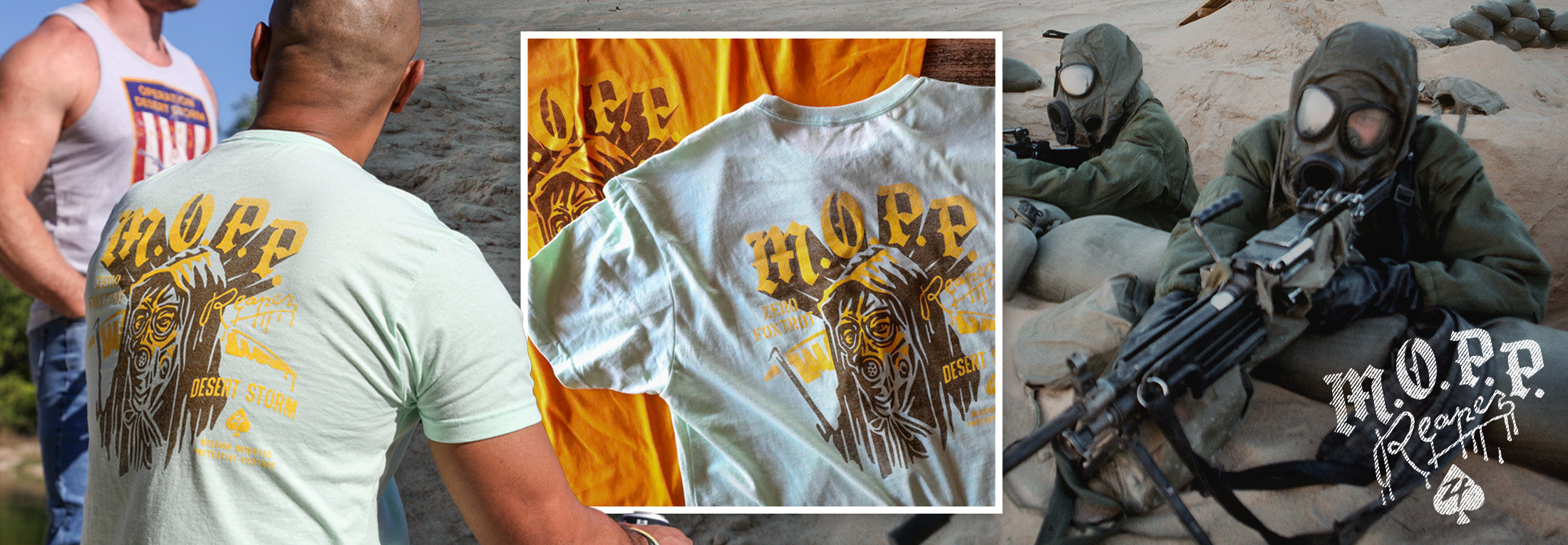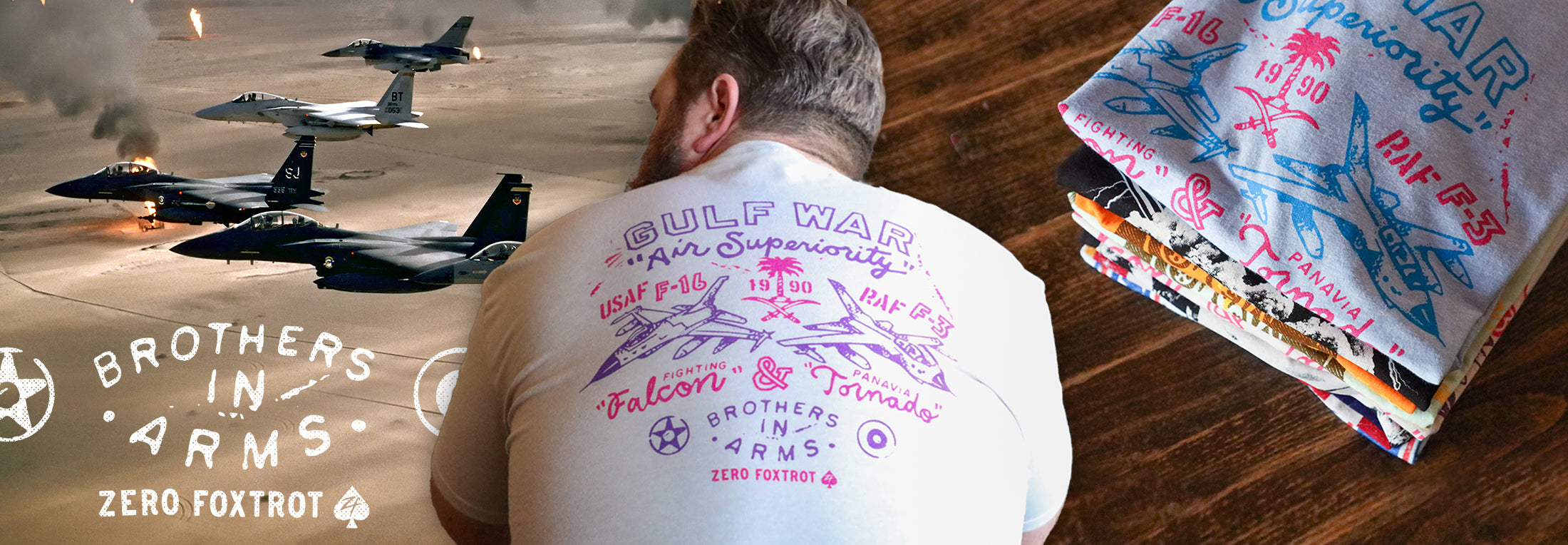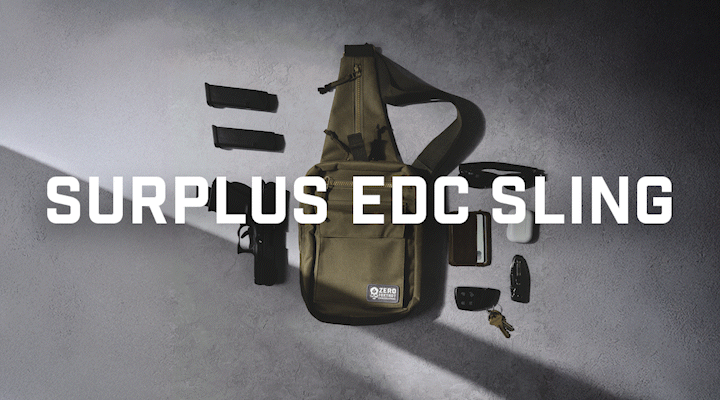
Operation Desert Storm

The crisis in the Gulf began in the summer of 1990, when tensions between Iraq and Kuwait began to escalate over oil production and territorial disputes. Iraq, which had suffered a significant economic downturn due to the Iran-Iraq War, accused Kuwait of overproducing oil and driving down prices, thereby reducing Iraq's income. In addition, Iraq claimed that Kuwait was illegally drilling for oil in a disputed area along their shared border.
Saddam Hussein, the leader of Iraq, saw an opportunity to strengthen his position in the region and ordered his forces to invade Kuwait on August 2, 1990. The invasion was swift and caught the international community by surprise. Within hours, Iraq had occupied Kuwait City and established a puppet government, with Saddam Hussein's brother-in-law, Hussein Kamel, as the new governor.
The invasion of Kuwait was met with widespread condemnation from the international community, and the United States, under the leadership of President George H.W. Bush, immediately began assembling a coalition of countries to intervene in the crisis. This coalition included countries from Europe, Asia, and the Middle East, and it was united in its commitment to expelling Iraq from Kuwait and restoring the status quo ante.
In late 1990, the United States began deploying troops and military equipment to the region in what was called Operation Desert Shield. This buildup of forces continued through the end of the year and into 1991, as the coalition prepared for a ground invasion of Kuwait. The United States, which had the largest military presence in the coalition, deployed more than half a million troops to the region.
The coalition's primary objective was to expel Iraq from Kuwait, but there were also concerns about Iraq's long-term ambitions in the region. Some members of the coalition feared that Iraq might attempt to seize control of Saudi Arabia's oil fields or launch an attack on Israel, which was not part of the coalition. As a result, the coalition was prepared to launch a ground invasion of Iraq if necessary.
On January 16, 1991, coalition forces began a massive air campaign against Iraq, with the objective of destroying Iraq's military infrastructure and weakening its ability to resist an invasion. The air campaign, which lasted for 42 days, involved more than 100,000 sorties and was one of the most intense aerial bombardments in history. The coalition used a wide range of weapons, including precision-guided munitions and cluster bombs, to target Iraq's military and civilian infrastructure.
The air campaign was a significant success for the coalition, as it significantly weakened Iraq's military and forced Saddam Hussein to withdraw many of his troops from Kuwait. However, it also caused significant damage to Iraq's civilian infrastructure and resulted in the deaths of thousands of Iraqi civilians.
On February 24, 1991, coalition forces launched a ground invasion of Kuwait, with the objective of liberating the country and expelling Iraq's forces. The ground campaign, which lasted for just over 100 hours, was a resounding success for the coalition forces. They quickly overwhelmed Iraq's army and drove them out of Kuwait, effectively ending the conflict.







